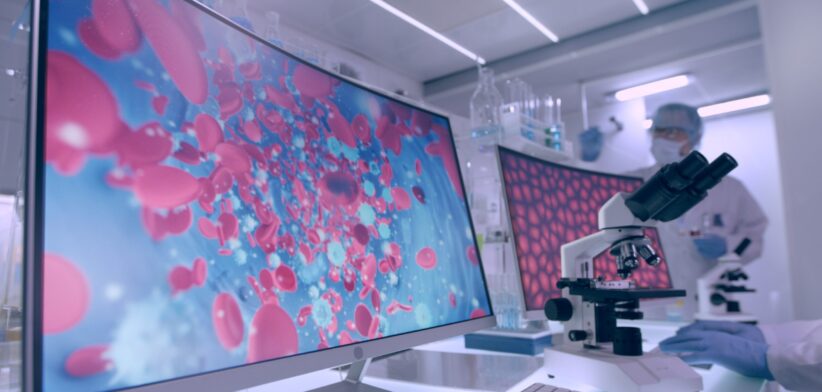Australian researchers have discovered a blood cell which changes itself to fast-track healing when injected into an injury, with the potential for it to be administered easily as soon the injury occurs.
A study lead by Monash University Professor Mikaël Martino also found the cell could be genetically dissimilar to the recipient, meaning donated blood could be used as a universal cell-based therapy for regenerative medicine.
Professor Martino said the cells, called Regulatory T cells, when introduced to a bone, muscle or skin injury, had the capacity to rapidly promote healing.
He said the cells behaved like an emergency triage doctor, rapidly becoming a cell type specific for the injury it needed to heal, as well as switching on its genes associated with immunomodulation and tissue healing.
“In addition, these Regulatory T cells regulate other injury healing cells to the site, flooding the injury with beneficial factors.
“The T cells also actively reduce the accumulation of toxic immune cells which can hamper healing.
Professor Martino said this was one of the first times a cell-based approach to injury healing had been used via the administration of immune cells with pro-regenerative abilities.
“These Regulatory T Cells have been shown to accumulate within injured tissues – facilitating repair or regeneration in multiple tissues and organs, such as muscle, skin, heart, central nervous system, and lung,” he said.
“Moreover, in animal models these cells have been shown to improve cardiac repair post-heart attack and bone remodelling in osteogenesis imperfecta, or brittle bone disease.”
He said the Regulatory T cells could be cultured and kept on the shelf prior to administration which meant they could be banked or even become “off-the-shelf” products which can be injected into injury sites.
“We expect that augmenting Regulatory T cell numbers locally as early as possible after tissue damage would likely provide the maximum benefit as a therapeutic strategy for tissue healing, and that healing can be further enhanced by the addition of factors they secrete into the injured tissue.”








